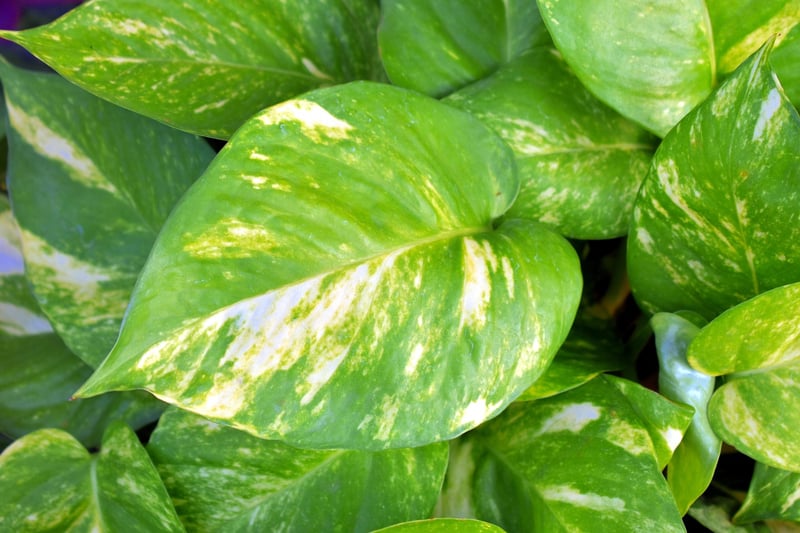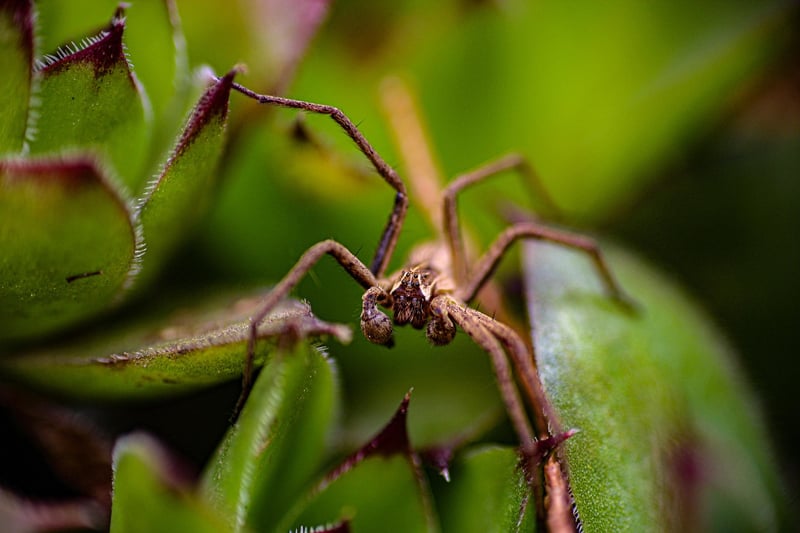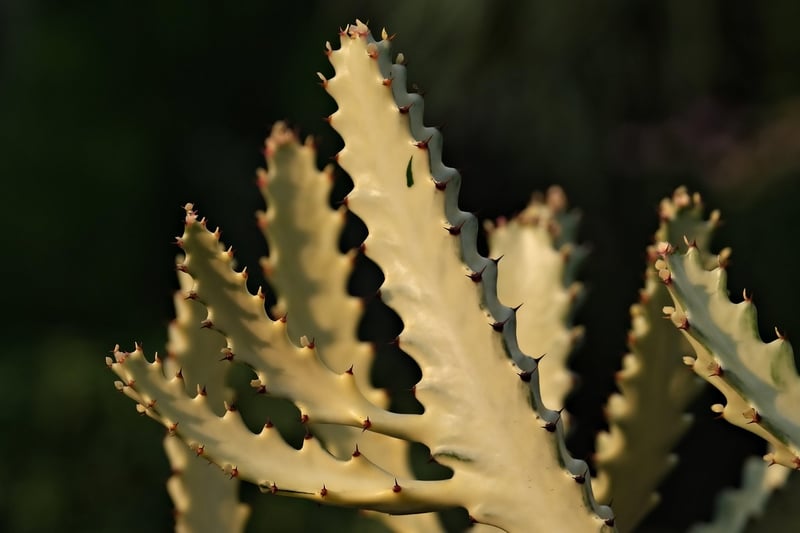Light Requirements
Essential Care for Healthy Plants
Introduction
Welcome to our guide on essential care for healthy plants. Whether you are a seasoned plant parent or just starting your indoor garden, understanding the fundamental care requirements for your plants is crucial for their well-being and growth.
1. Watering
Proper watering is key to keeping your plants healthy. Overwatering can lead to root rot, while underwatering can cause dehydration. Check the soil moisture before watering and adjust your watering schedule based on the plant's needs.
2. Lighting
Light is essential for photosynthesis, the process by which plants convert light into energy. Different plants have varying light requirements, so it's important to place them in locations that match their needs. Let's explore the different light requirements for plants:
Low Light Plants
Plants that thrive in low light conditions are perfect for rooms with minimal natural light. They can survive in shaded areas away from direct sunlight. Some examples of low light plants include pothos, snake plants, and peace lilies.

Medium Light Plants
Plants that require medium light can tolerate indirect sunlight or filtered light. They are ideal for placement near windows with sheer curtains. Some examples of medium light plants include spider plants, philodendrons, and ferns.

High Light Plants
Plants that need high light thrive in direct sunlight for several hours a day. They are best suited for south or west-facing windows where they can receive ample sunlight. Examples of high light plants include succulents, cacti, and certain herbs like basil.

Conclusion
By understanding and providing the essential care requirements for your plants, you can ensure they thrive and enhance the beauty of your indoor space. Remember to tailor your care routine to meet the specific needs of each plant, including watering, lighting, and other factors.
Happy growing!
